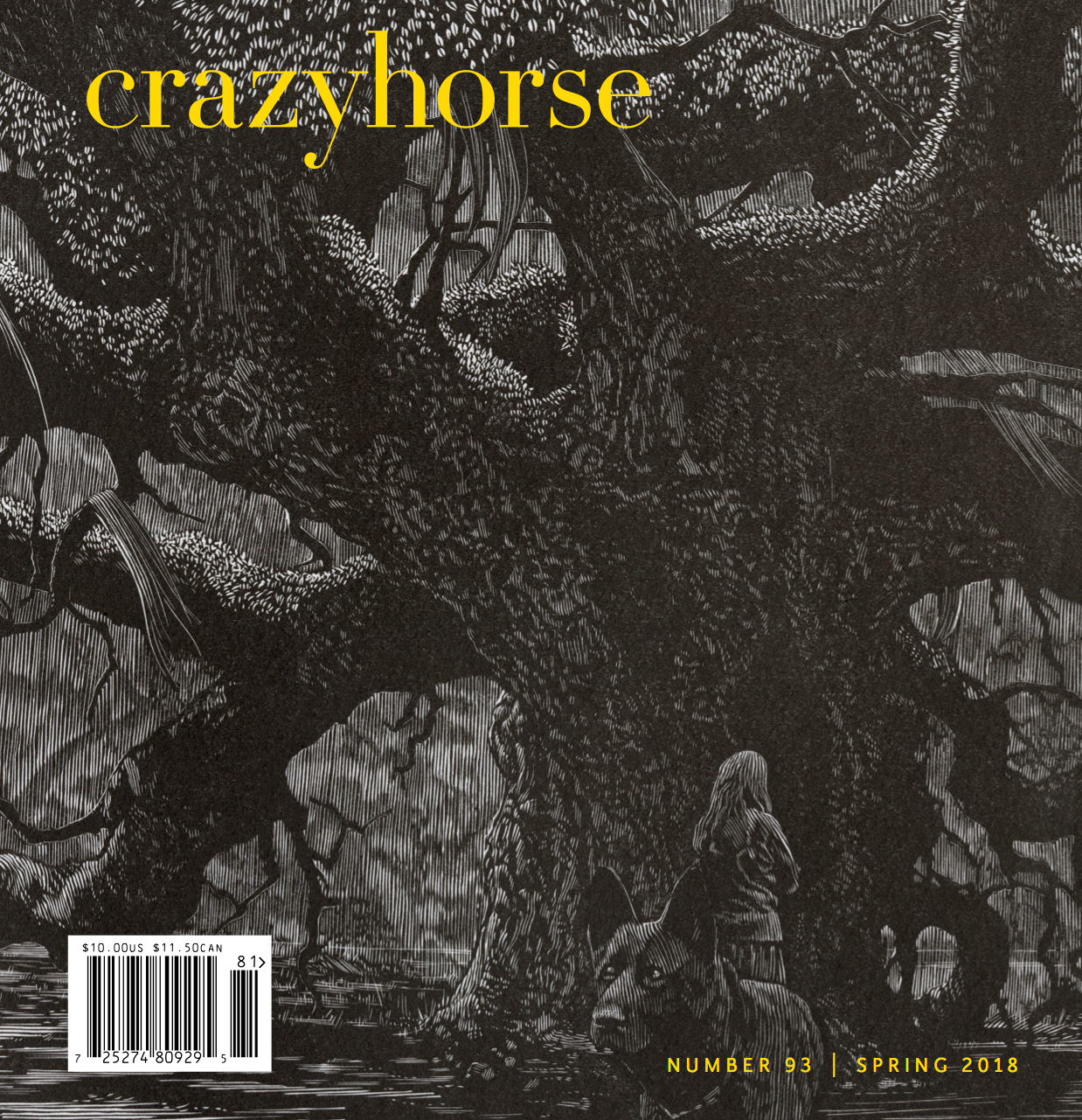
Benjamin Rosenbaum’s zombie story “Feature Development for Social Networking” appeared at Tor.com. (Illustraton by Scott Bakal)
Some stories have been told countless times. Yet, as writers, we often feel compelled to take another crack at them. So how do we make our stories different? Sometimes the answer is to find an unexpected tone.
Benjamin Rosenbaum does exactly that in his zombie story “Feature Development for Social Networking.” I guarantee that even if you’ve read a thousand zombie stories, you’ve never read one like this. You can read it now at Tor.com.
How the Story Works
Playing with tone in a story is a bit like improvising in music. A simple melody is easier to improvise than one that requires concentration just to play straight. So, when you’re thinking about tone, it’s helpful to make everything else simple. Here’s the opening of “Feature Development for Social Networking.” Notice how simple it is. (If you haven’t read the story yet, it’s written as a series of Facebook posts and comments).
Marsha Shirksy Got bitten . . .
Roland Wu wtf? Are you kidding?
Buster Day that is so not funny
Emily Carter omg Marsha are you serious?
Marsha Shirksy I’m not kidding, you guys! There was a rager at the supermarket. I could tell he was acting weird & I know I was totally stupid not to just drop my stuff and run! I’d just been in line forever & they had this terrific local asparagus on sale. Yes, I may have just sacrificed myself for asparagus.
The first two words of the story (after the character’s name) provide everything the reader needs to know about the plot (“Got bitten…”). Anyone who’s ever read a zombie story knows how this one will end. So, instead of focusing on the plot, Rosenbaum can play with tone. He finds his tone by doing a couple of simple things:
- He chooses a place with a particular style of communication. In this case, it’s Facebook, with its users’ tendency to exaggerate the emotion in all statements (omg, wtf, exclamation marks galore) in order to not be misunderstood.
- He gives himself room to play with tone. The first line introduces the plot, but then that plot is not explained or developed in any way until Marsha Shirksy speaks up again. In that lull, there’s space to play with tone. Notice how Roland, Buster, and Emily all say basically the same thing in slightly different ways—but also in ways that reinforce a kind of philosophy toward communication (or tone): informal, intimate, and performative (wtf, omg).
- He uses the tone to convey an important piece of story information. After the Facebook tone is set, Rosenbaum uses it to tell the story of the zombie attack. Notice how that paragraph uses all of the traits established in the previous three lines: it’s informal (the ampersand, “totally stupid”), intimate (“you guys”), and performative (“Yes, I may have just sacrificed myself for asparagus).
Once the tone is set, the story is off and running. If you read the entire piece, you’ll see how Rosenbaum introduces a second set of characters and a slightly different form of communication goes through this process all over again.
The Writing Exercise
Let’s play with tone, using “Feature Development for Social Networking” as a model:
- Choose the oft-told story that you want to tell. Make it as simple as possible: zombie attack, quest, boy/girl falls in love with boy/girl and has to woo him/her, ghostly apparition, relationship goes sour.
- Choose a place with a particular style of communication. Think about the places where characters code switch (adapt to a language that is particular to one group): a bar, a workplace, a church, a classroom, or the hallway or space immediately outside the classroom or church or office or bar, a dinner table, a restaurant.
- Introduce the plot immediately. I got bit. I had to find the key, document, Easter egg, baby. I had to make him love me. The ghost handed me the shampoo. I used to love her, but now I don’t.
- Give yourself room to play with tone. Establish the communication style. You can do this by putting your character into conversation, having him/her tell the story to someone else. Or, you can simply adopt the tone of the place/group and use it in what is essentially a monologue. Think about the language’s phrasings, idioms, approaches to emotion (exaggerated, muted), use or avoidance of literal or figures of speech, directness or roundabout-ness. Think about speed. How fast or slow do the character talk? Play with the voice until you begin to hear it in your head, almost as if the voice is speaking to you.
- Use the tone to convey an important piece of information. How I got bit. Why I need to find the key, document, Easter egg, baby. Why it’s not easy to make him love me, or why I love him. What the ghost looks like. Why I don’t love her anymore.
Once you find the tone, you may find that the most enjoyable part of writing the story is the tone itself. Keep playing with it. Drop in a plot clue or reference now and then to keep the story moving forward.
Have fun.




One Response to “How to Find a Story’s Tone”